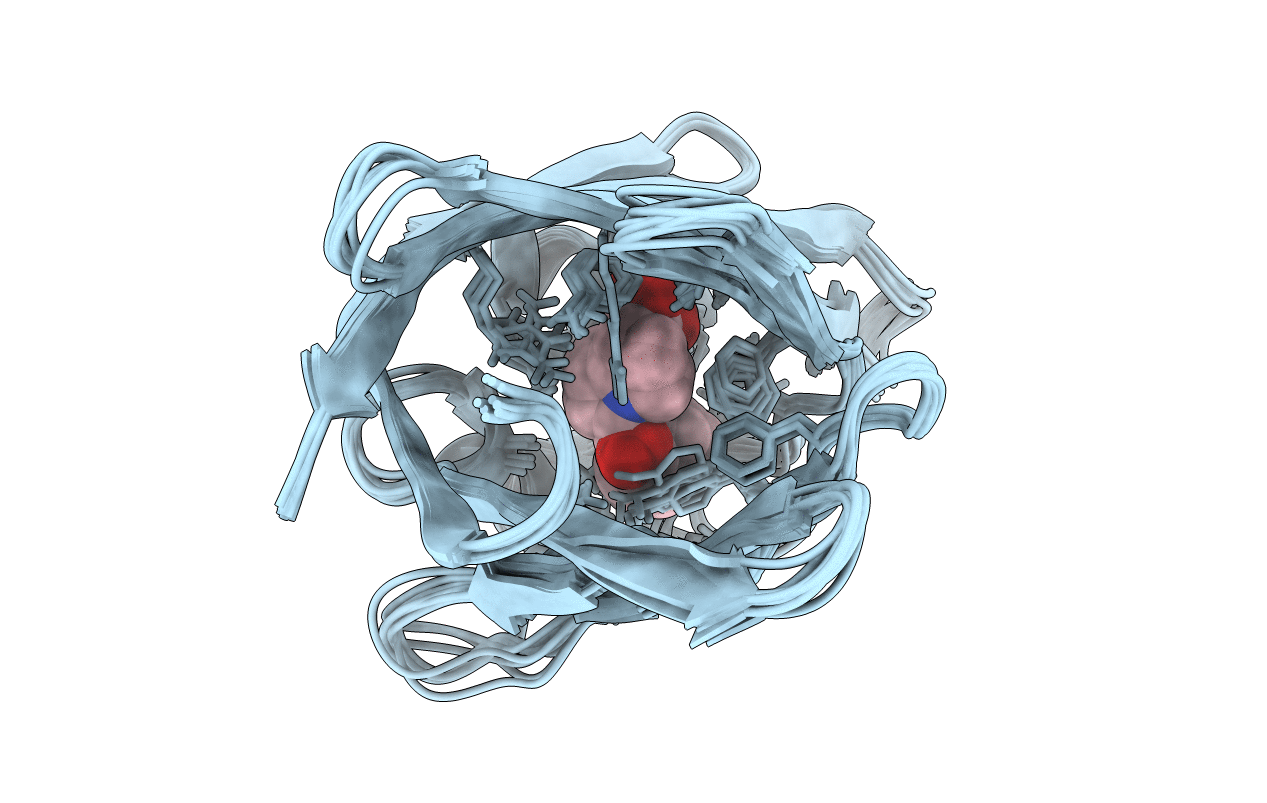
Deposition Date
2014-01-09
Release Date
2014-10-29
Last Version Date
2024-05-01
Method Details:
Experimental Method:
Conformers Calculated:
10
Conformers Submitted:
10
Selection Criteria:
structures with the lowest energy


